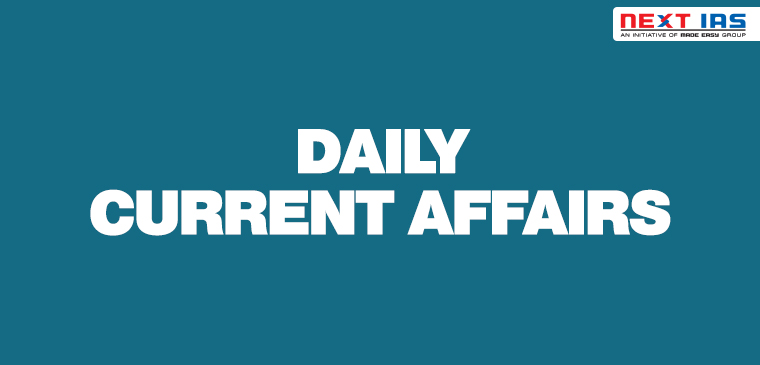
In News
Recently, the Ministry of Finance advised a caste-wise split in MGNREGA wage payments.
Major Highlights
- Government of India has decided to provide separate budget heads for SC and ST categories under MGNREGS from the financial year 2021-22 for wage payment.
- The field level people do not have to make multiple fund transfer orders.
- There is one fund transfer order which is split into three components depending on the community to which the household belongs.
- then the payments are generated, and the money goes directly to the bank accounts of the beneficiaries.
- For the beneficiaries and for the field officers, there is no difference. It’s only the debit and internal process which has been put in motion to reflect this process.
- If people have done the necessary preparations, there should not be any delays in wage payments or any changes for beneficiaries and there was no plan to focus MGNREGA only on districts with high SC and ST populations.
Rationale Behind the Move
- The existing system for wages under the scheme is for only one type and there is no category wise provision of wage payment.
- In terms of the budgetary outlay, people don’t have intricate information about how much benefit is flowing from the Budget to the SC and ST [communities]
- It is done to assess and highlight the benefits flowing from budgetary outlay towards Scheduled Castes and Scheduled Tribes.
Criticism
- These new modalities are bound to create unnecessary delay and complications in a payment system that is actually begging to be simplified.
- It could lead to a reduction in scheme funding.
- All NREGA workers have the same rights. Segregating them into three groups for purposes of budgeting and wage payments serves no purpose.
- There is some inbuilt positive discrimination in the scheme, reflected in the fact that more than 50% of workers are women and almost 40% are SC/ST.
- However, it felt that the proposed reform would not help SC/ST workers, but would expose all workers to further uncertainties as the system struggles with changes.
|
About MGNREGA
|
Previous article
Model Tenancy Act
Next article
Facts in News